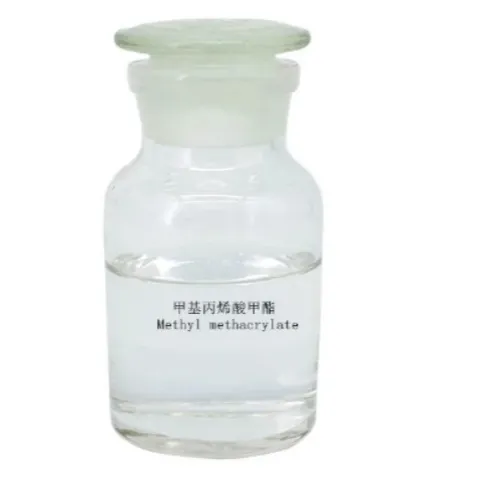Warning: Undefined array key "title" in /home/www/wwwroot/HTML/www.exportstart.com/wp-content/themes/1198/header.php on line 6
Warning: Undefined array key "file" in /home/www/wwwroot/HTML/www.exportstart.com/wp-content/themes/1198/header.php on line 7
Warning: Undefined array key "title" in /home/www/wwwroot/HTML/www.exportstart.com/wp-content/themes/1198/header.php on line 7
Warning: Undefined array key "title" in /home/www/wwwroot/HTML/www.exportstart.com/wp-content/themes/1198/header.php on line 7
- Afrikaans
- Albanian
- Amharic
- Arabic
- Armenian
- Azerbaijani
- Basque
- Belarusian
- Bengali
- Bosnian
- Bulgarian
- Catalan
- Cebuano
- China
- China (Taiwan)
- Corsican
- Croatian
- Czech
- Danish
- Dutch
- English
- Esperanto
- Estonian
- Finnish
- French
- Frisian
- Galician
- Georgian
- German
- Greek
- Gujarati
- Haitian Creole
- hausa
- hawaiian
- Hebrew
- Hindi
- Miao
- Hungarian
- Icelandic
- igbo
- Indonesian
- irish
- Italian
- Japanese
- Javanese
- Kannada
- kazakh
- Khmer
- Rwandese
- Korean
- Kurdish
- Kyrgyz
- Lao
- Latin
- Latvian
- Lithuanian
- Luxembourgish
- Macedonian
- Malgashi
- Malay
- Malayalam
- Maltese
- Maori
- Marathi
- Mongolian
- Myanmar
- Nepali
- Norwegian
- Norwegian
- Occitan
- Pashto
- Persian
- Polish
- Portuguese
- Punjabi
- Romanian
- Russian
- Samoan
- Scottish Gaelic
- Serbian
- Sesotho
- Shona
- Sindhi
- Sinhala
- Slovak
- Slovenian
- Somali
- Spanish
- Sundanese
- Swahili
- Swedish
- Tagalog
- Tajik
- Tamil
- Tatar
- Telugu
- Thai
- Turkish
- Turkmen
- Ukrainian
- Urdu
- Uighur
- Uzbek
- Vietnamese
- Welsh
- Bantu
- Yiddish
- Yoruba
- Zulu
Aug . 06, 2024 14:21 Back to list
Exploring the Properties and Applications of Propylene Glycol and Its Glycol Derivatives
Understanding Propylene Glycol and Its Applications
Propylene glycol, also known as propanediol, is a synthetic organic compound that plays a crucial role in various industries. This colorless, odorless liquid is hygroscopic, meaning it can absorb moisture from the air and is miscible with water, acetone, and chloroform. Its chemical formula is C3H8O2, and it is derived from petroleum products through a process of hydration of propylene oxide. Due to its unique properties, propylene glycol has found extensive applications ranging from food additives to pharmaceuticals.
Understanding Propylene Glycol and Its Applications
In the pharmaceutical industry, propylene glycol is employed as a solvent for oral, injectable, and topical medications. Its ability to dissolve a wide range of substances, including both hydrophilic and lipophilic compounds, makes it an ideal carrier for active pharmaceutical ingredients. Furthermore, its low toxicity profile allows for its use in formulations intended for children and patients with compromised health conditions. Additionally, propylene glycol is utilized in cosmetic and personal care products such as lotions, creams, and shampoos, serving as an emollient and enhancing product stability.
propylene glycol glycol

The industrial sector also benefits from the properties of propylene glycol. It is utilized as an antifreeze agent and coolant in various applications, including automotive and industrial systems. Its lower toxicity compared to ethylene glycol makes propylene glycol a safer alternative for applications where accidental ingestion might occur, such as in food processing plants or in systems exposed to food products.
Another emerging application of propylene glycol is in the field of biofuels. Research is being conducted to explore its potential as a renewable energy source, specifically in the production of biodiesel. Propylene glycol can be processed into various biofuel components, contributing to the development of sustainable energy solutions.
Despite its numerous applications and benefits, it is essential to acknowledge that excessive consumption of propylene glycol can lead to health issues. While it is generally considered safe in small quantities, high levels of exposure, particularly through inhalation or extensive dermal contact, may cause irritation or other adverse effects. Therefore, regulatory bodies continue to monitor its use to ensure public safety.
In conclusion, propylene glycol is a versatile compound that serves a multitude of purposes across diverse industries, including food, pharmaceuticals, cosmetics, and industrial applications. Its unique properties, such as moisture retention and solubility, make it invaluable in numerous formulations, enhancing the safety and efficacy of products that we use daily. As research progresses, the potential for propylene glycol to contribute to sustainable energy solutions continues to grow, highlighting its importance in contemporary applications. As with any chemical substance, appropriate usage and adherence to safety guidelines are essential to maximize its benefits while minimizing risks.
Latest news
-
Certifications for Vegetarian and Xanthan Gum Vegetarian
NewsJun.17,2025
-
Sustainability Trends Reshaping the SLES N70 Market
NewsJun.17,2025
-
Propylene Glycol Use in Vaccines: Balancing Function and Perception
NewsJun.17,2025
-
Petroleum Jelly in Skincare: Balancing Benefits and Backlash
NewsJun.17,2025
-
Energy Price Volatility and Ripple Effect on Caprolactam Markets
NewsJun.17,2025
-
Spectroscopic Techniques for Adipic Acid Molecular Weight
NewsJun.17,2025

